Seventy-eight years ago, the U.S. First Army was embroiled in the longest battle of World War II fought on German soil. The dreary autumn of 1944 was one of only limited progress on the Western Front, while the mere mention of the Hürtgen Forest brought dismal thoughts to mind.
In the dark, thick and twisted confines of the Hürtgen, an area of 54 square miles just east of the German-Belgian frontier, the First Army lost at least 33,000 men killed and wounded between mid-September and mid-December, while German losses amounted to roughly 28,000. The objectives of the American advance into the hell of the Hürtgen were straightforward; however, the German defenders put up a brilliant fight, utilizing the fortifications of the West Wall, or Siegfried Line, as well as supporting entrenchments, machine-gun nests, minefields, and strongpoints with interlocking fields of fire, making every American move forward as costly as possible.
The Battle of the Hürtgen Forest became the longest sustained battle fought in the history of the United States Army. When it began, the idea was to keep the Germans busy south of the First Army offensive effort against the German city of Aachen. The seat of Charlemagne’s Holy Roman Empire, Aachen did become the first German city of consequence to fall to the Americans on October 22, 1944, after a particularly bloody fight, that lasted three weeks and cost the victors 2,000 killed in action and 5,000 wounded while the Germans lost nearly 11,000 killed, wounded or captured. But the necessity of keeping the First Army occupied in the Hürtgen, actually played into the hands of the Germans and their crafty commander, Field Marshal Walther Model, who was quite willing to wage a continuing conflict of attrition, bleeding his adversary white.
When the American advance into the Hürtgen began, Model’s forces were also engaged in the repulse of Operation Market Garden, the Allied airborne offensive into the Netherlands that ended in a bloody fiasco at Arnhem. Model deftly fought the defensive action in the Hürtgen simultaneously. American attempts to capture the towns of Schmidt and Monschau were fiercely contested, while later forays against the Roer River line and its hydroelectric dams were thwarted. Heavy German artillery took its toll, and tree bursts rained shrapnel and splinters on the Americans, while exceptionally rainy weather made conditions almost unbearable.
After the fighting in the Hürtgen was over, one American soldier vividly recalled its ferocity. “That battle became so unendurable that we didn’t care whether we lived or died. We tried digging in but every time we scooped out a shovelful of mud the hole filled with water and more mud. We said the hell with it and just lay down in the mud to sweat out the shells.”
Another reason for the ferocious German defense of the Hürtgen was their intent to use it as a staging area for the looming Ardennes Offensive, Hitler’s last great offensive in the West aimed at the port of Antwerp, Belgium, with the goal of disrupting the Allied supply chain and driving a wedge between American forces in the south and the British in the north. And coincidentally, the Battle of the Hürtgen Forest is officially considered to have ended on December 16, 1944, the date that the infamous Ardennes action, leading to the Battle of the Bulge, began.
By the time it was over and the action in the Bulge grabbed all newspaper headlines, the overshadowed Battle of the Hürtgen Forest had consumed 140,000 American casualties. At various times, the Americans had committed elements of 11 infantry and two armored divisions, two Ranger battalions, and the 366th Fighter Group of the Army Air Forces, which provided tactical air support, to the bloodbath.
The fight for the Hürtgen is considered a decisive defensive victory for the Germans, but in one sense their losses were irreplaceable while the Allies were able to draw on vast resources in men and materiel. The tactic of attrition prosecuted by Field Marshal Model may have been successful in the near term, but it may also be reasoned that it hastened the defeat of Nazi Germany– particularly when coupled with their spectacular losses suffered in the Ardennes/Bulge defeat.
—Michael E. Haskew
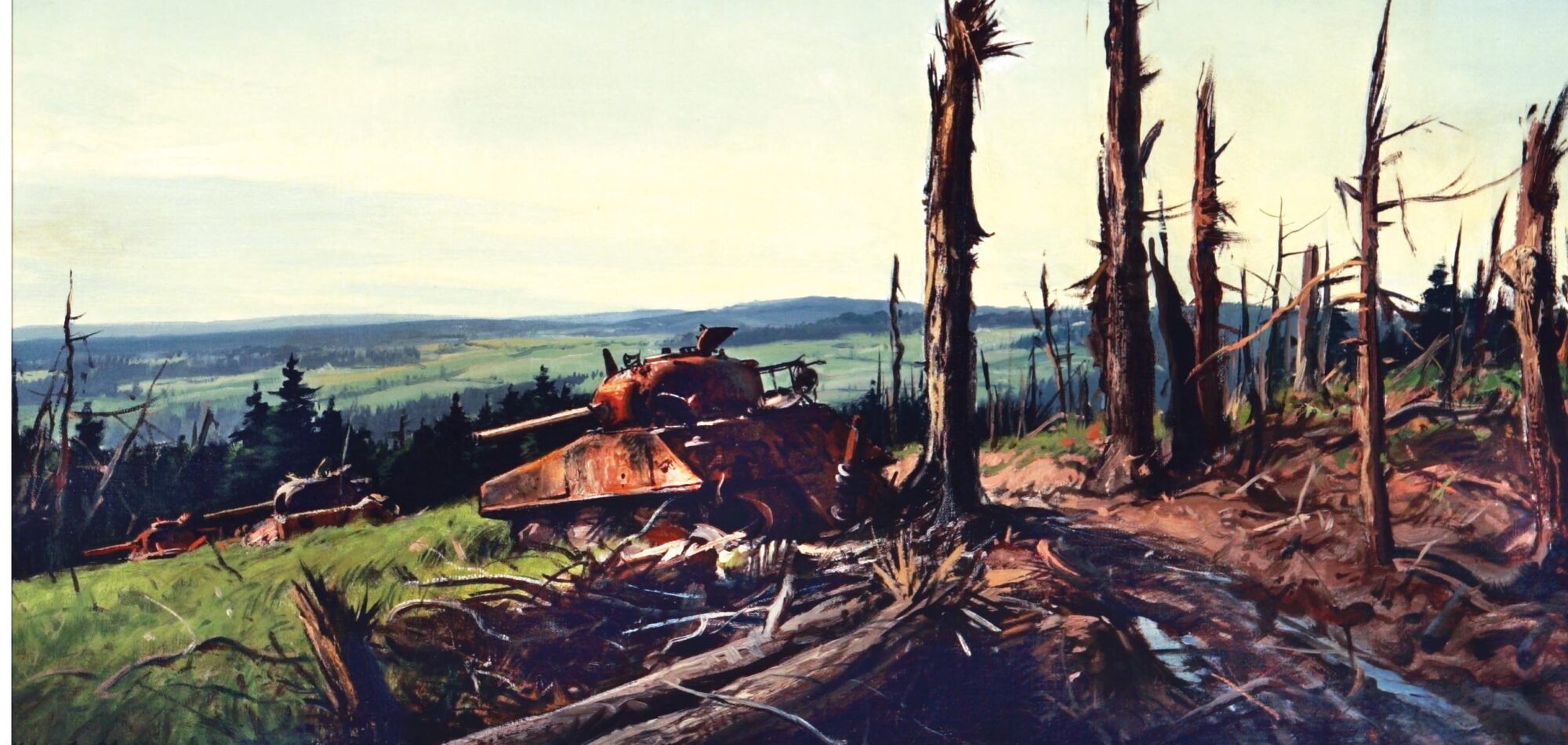
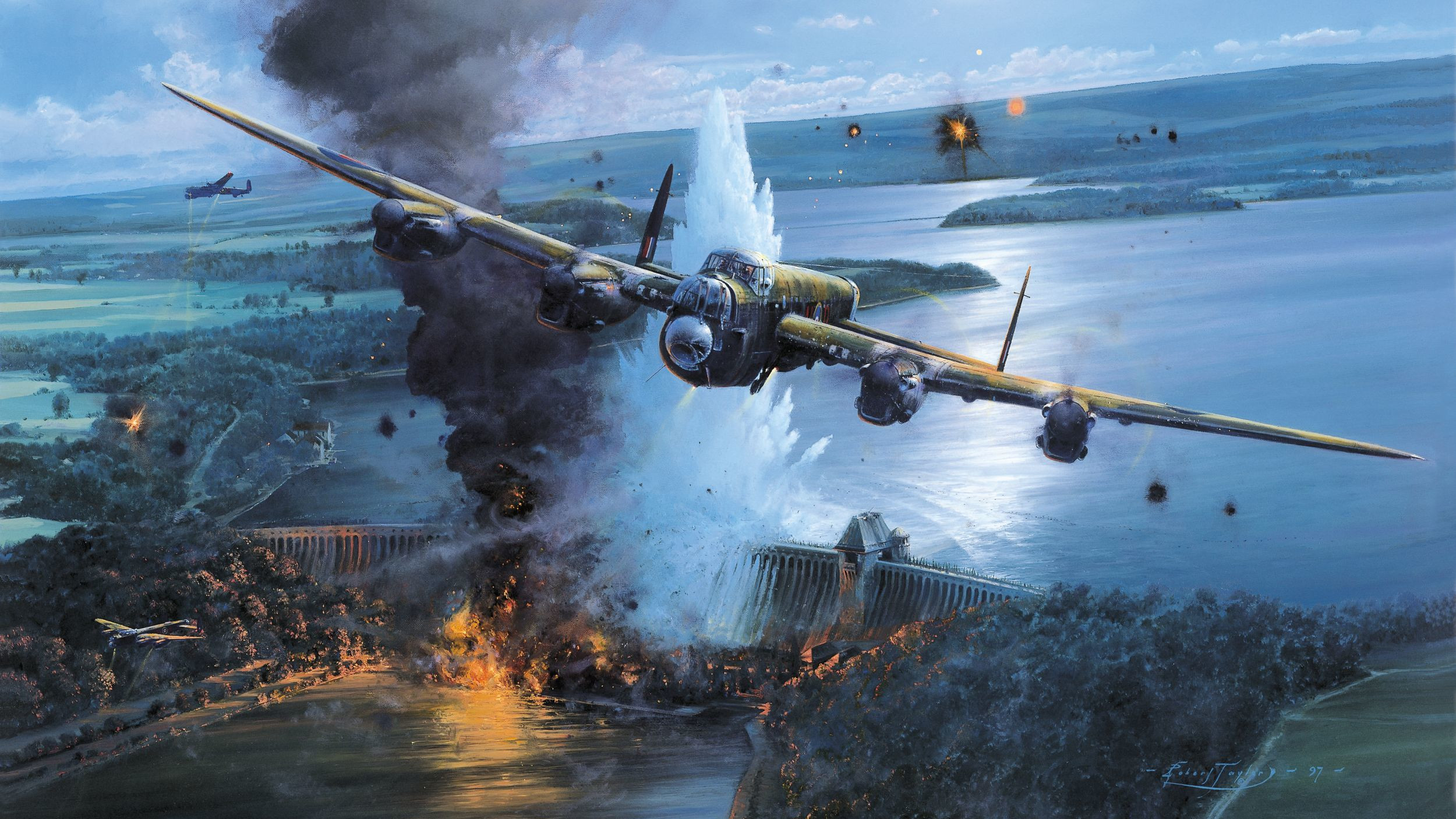
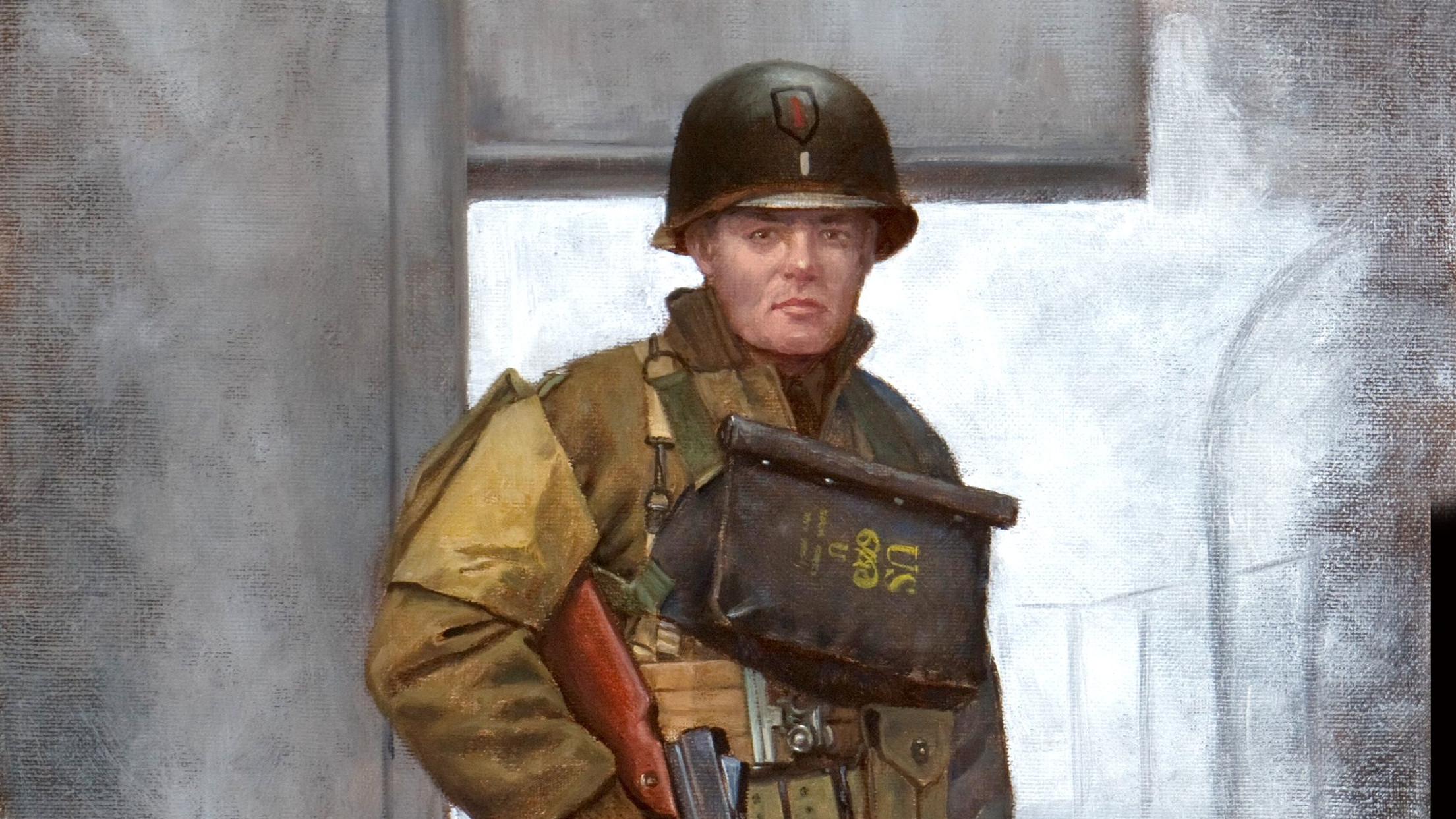
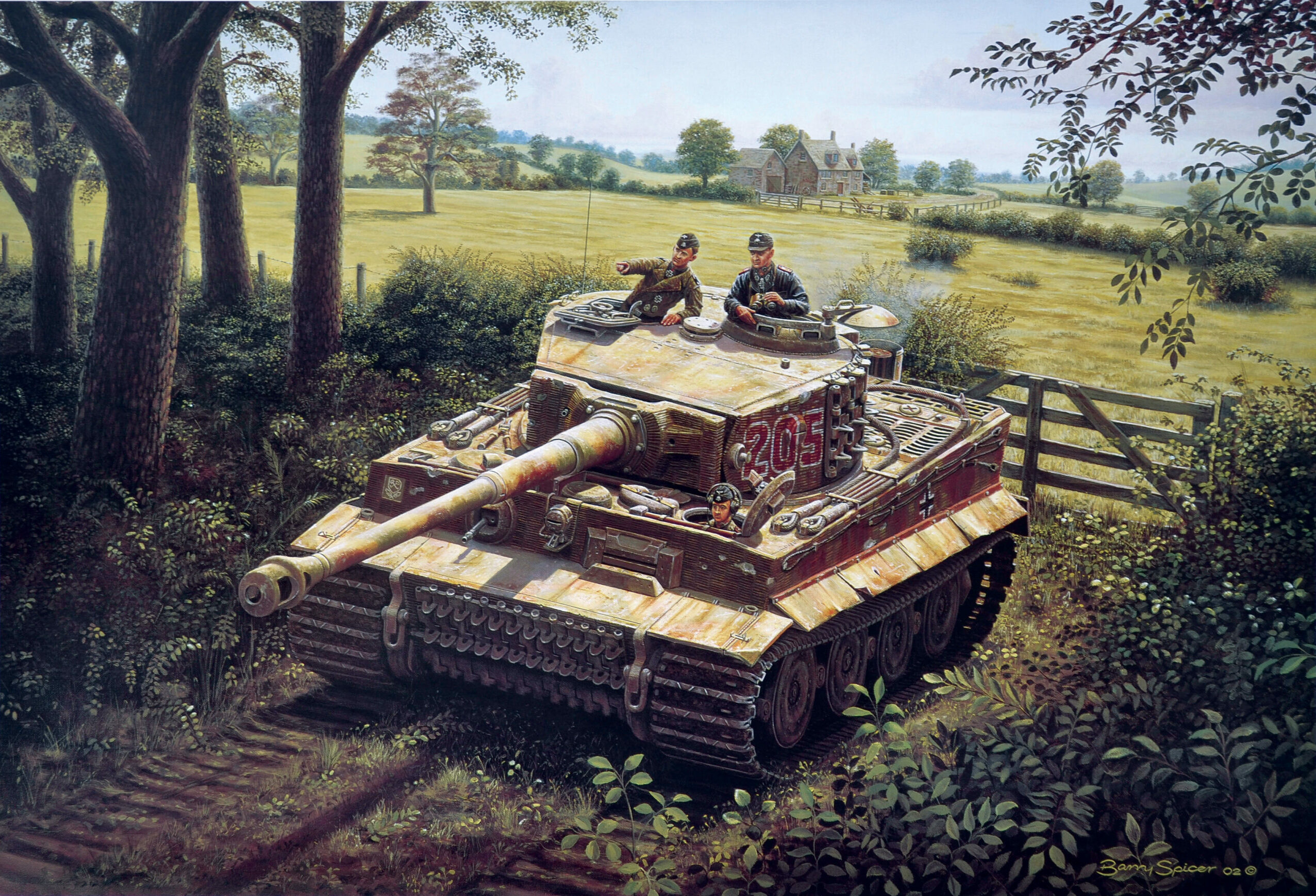
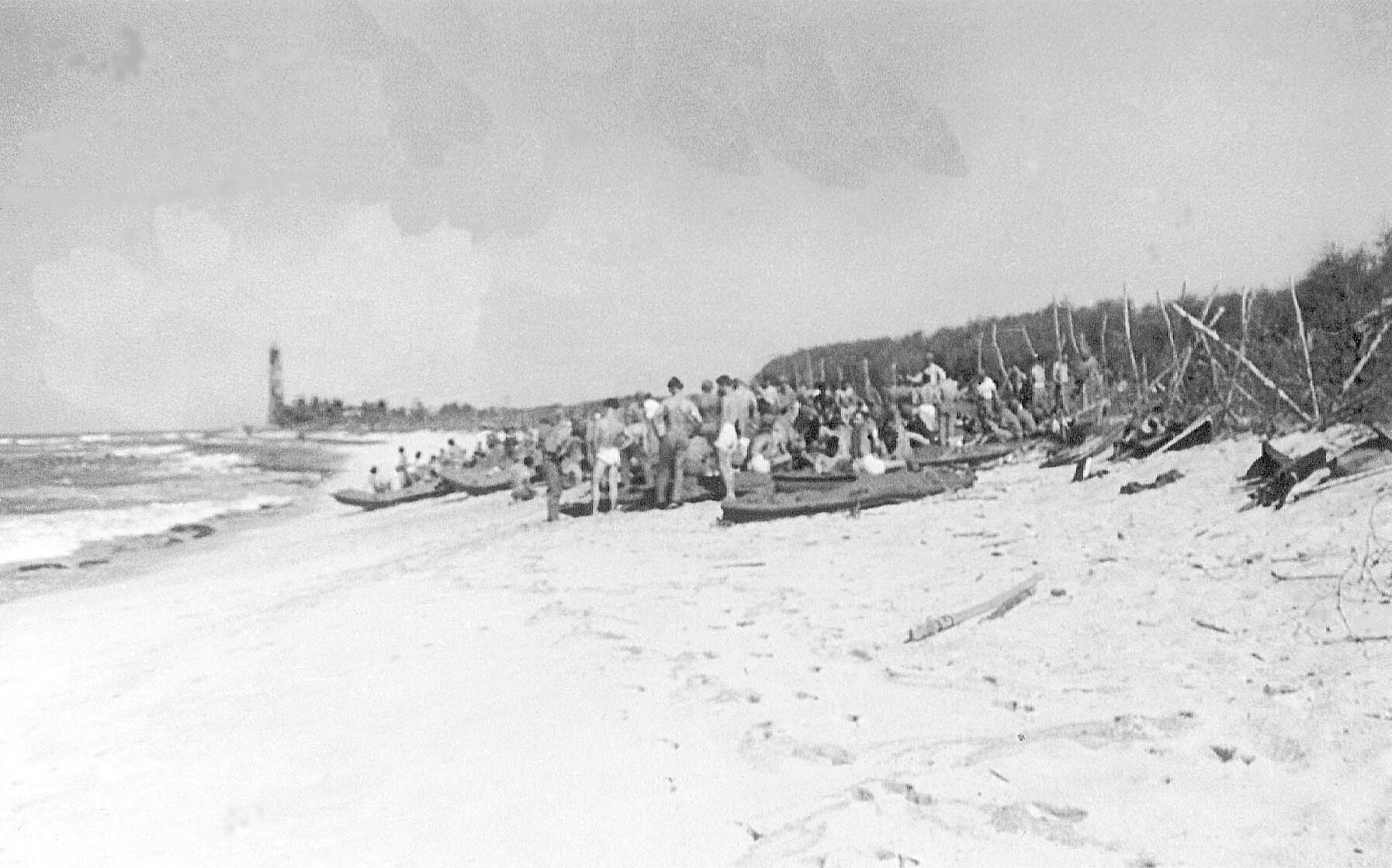
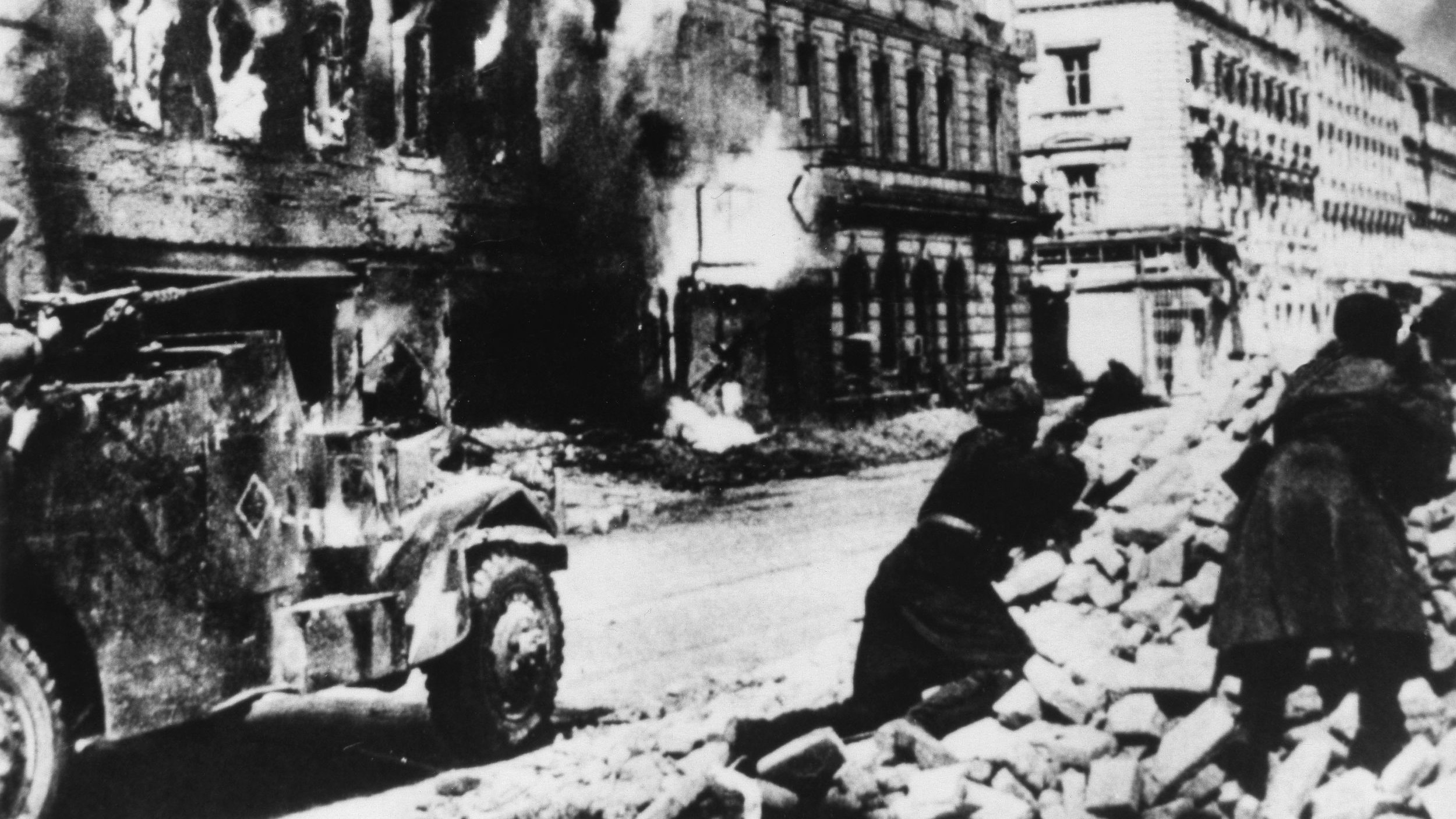
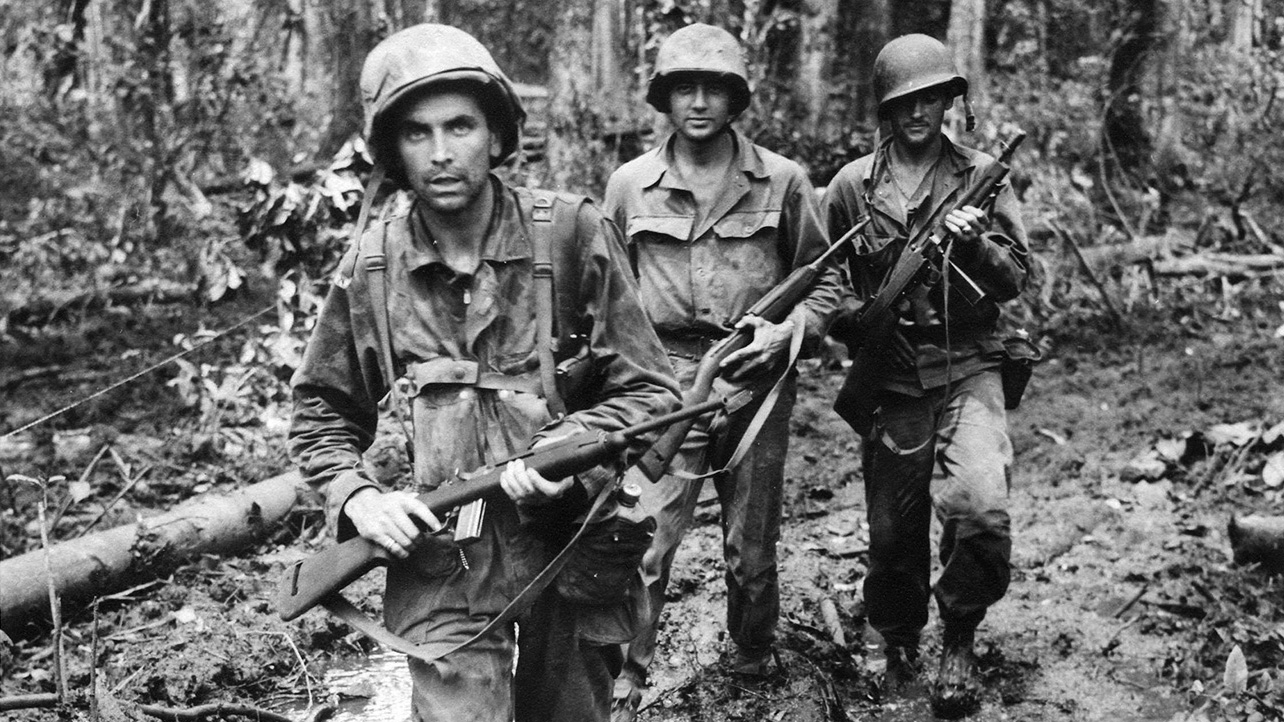
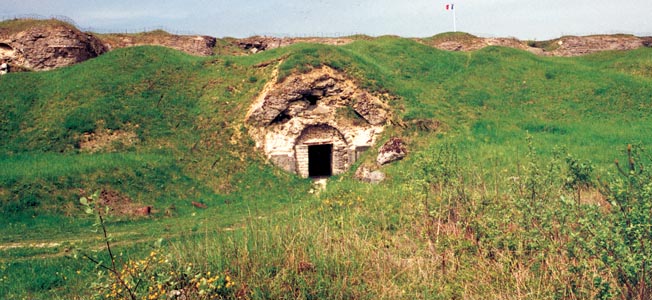
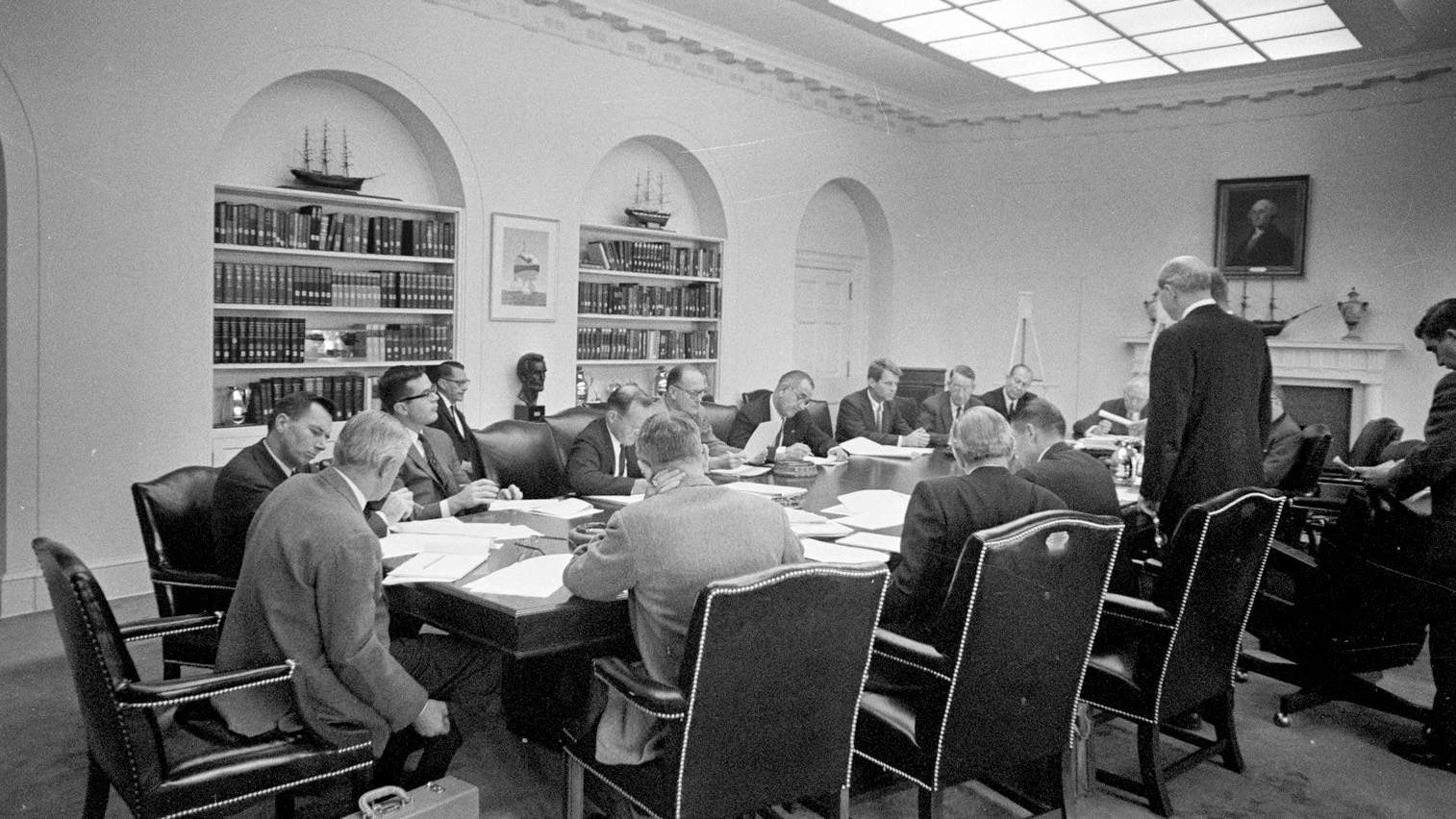
Join The Conversation
Comments
View All Comments